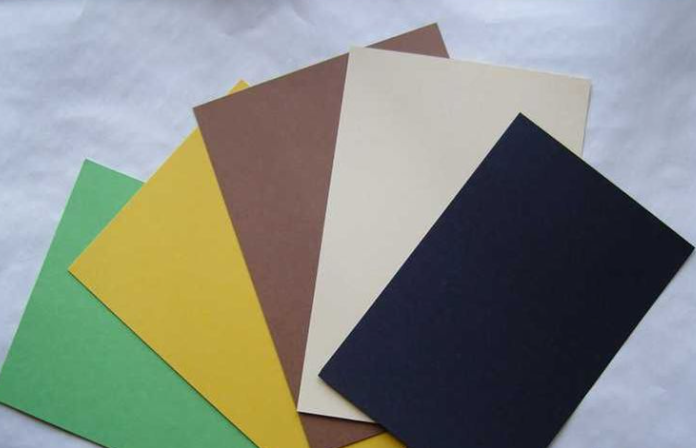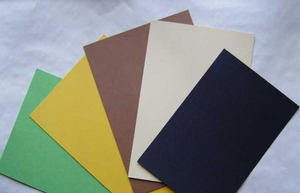
Paper product on-site inspection, goods inspection and factory inspection services
As essential utensils for daily meals, the quality and safety of stainless steel tableware directly affect the health and usage experience of consumers. To ensure that the products meet industry standards and quality certification requirements, establishing a professional inspection process is of utmost importance. This article will systematically introduce the inspection standards, testing methods, and certification requirements for stainless steel tableware, providing a complete quality control guide for enterprises.
I. Appearance Quality Inspection Certification
1. Structural Design Certification
In non-special cases, the blade of the knife shall not come into contact with the placement surface.
The clearance between the hardware components and the assembly parts should be less than 0.2mm.
The actual size does not exceed the nominal size by more than +2% within the error range.
2. Edge profile certification
The edge profile can be in the form of a notched shape, tooth-like, or a rounded angle of no more than 7 degrees.
The thickness at a position 1mm above the cutting edge should not exceed 0.46mm.
The edge is processed smoothly without any burrs.
3. Surface Quality Certification
Defect Standards:
General rule: Defect points with a diameter greater than 0.3mm are not acceptable.
The maximum number that can be accepted within an area of 10 cm²:
High-end product: ≤ 2 defect points
Regular product: ≤ 3 defect points
Indentation requirements: Indents with a diameter greater than 0.3mm will be judged according to the defect standards.
II. Physical Performance Testing Certification
1. Hardness Testing Certification
The testing point is more than 4 cm away from the handle.
Calculate the average value of the measurements taken at the front, middle and rear points.
Complies with the hardness standards of the materials
2. Structural Strength Testing Certification
Impact Resistance Test:
Free fall from a height of 1.2 meters, with each fall being 5 times.
Pass if there is no damage after the test.
Thermal resistance test:
Regular product: Soak in 55℃ water for 30 minutes.
Premium product: Soak in 80℃ water for 30 minutes.
Criteria for judgment:
The handle shows no obvious deformation.
The gap of the hardware handle is ≤ 0.35mm.
3. Sealing Performance Certification
Test for water resistance of hollow handle:
Soak for 10 minutes in water at a temperature above 95℃
The handle and the welding area have no leakage, which means it is qualified.
III. Corrosion Resistance Performance Test Certification
1. Test Method Standards
The blade is cleaned with hot soapy water and then disinfected with alcohol.
Place in a 1% saline solution (at a constant temperature of 60 ± 2℃)
Immerse 2-3 times per minute, and conduct a continuous test.
Test duration:
High-end knives: 6 hours
Ordinary cutting tools: 3 hours
2. Result Certification
Acceptance Criteria for Blemishes:
Handle area: Diameter 0.4 - 0.75 mm, Quantity < 5
Blade area: Diameter < 0.4mm, Quantity < 6
No diameter larger than 0.75mm blemishes are accepted on any part.
Crack determination criteria:
Vertical cracks with a length of less than 1.5mm are acceptable.
Zero tolerance for transverse cracks
IV. Inspection and Certification Process Standards
1. Sampling Inspection Plan
Implement batch sampling in accordance with the AQL standard
Key safety projects will undergo stricter inspections.
Establish a complete quality traceability system
2. Test environment requirements
Constant temperature and humidity laboratory environment
Use calibrated and qualified testing equipment
Carry out strictly in accordance with the standard operating procedures.
3. Defect Level Determination
Main defect: Quality issues related to lowering product grade are strictly controlled.
Minor defect: Minor appearance flaws are within the acceptable range as per the standards.
V. Key Control Matters for Factory Inspection Certification
To ensure that the quality of stainless steel tableware consistently meets the certification requirements, during the factory inspection process, the following matters need to be given special attention:
Raw material control: Establish a quality certification system for stainless steel materials
Production process control: Develop operation standards for key processes such as stamping, polishing, and welding.
Surface treatment management: Ensure that the polishing and electroplating processes comply with food contact standards.
Calibration of testing equipment: Regularly calibrate hardness testers, measuring tools, and other testing equipment.
Personnel qualification certification: Professional training and qualification certification for quality inspection personnel
Inspection and Certification Summary
The inspection and factory verification of stainless steel tableware is a highly specialized systematic project that requires comprehensive testing and certification from material safety, processing techniques to usage performance. By establishing a professional inspection process and strict quality standards, enterprises can ensure that their products meet the requirements of food contact material certification, providing consumers with safe, durable, and aesthetically pleasing tableware products.
Share this product

Paper product on-site inspection, goods inspection and factory inspect
As essential utensils for daily meals, the quality and safety of stainless steel tableware directly affect the health and usage experience of consumers.
